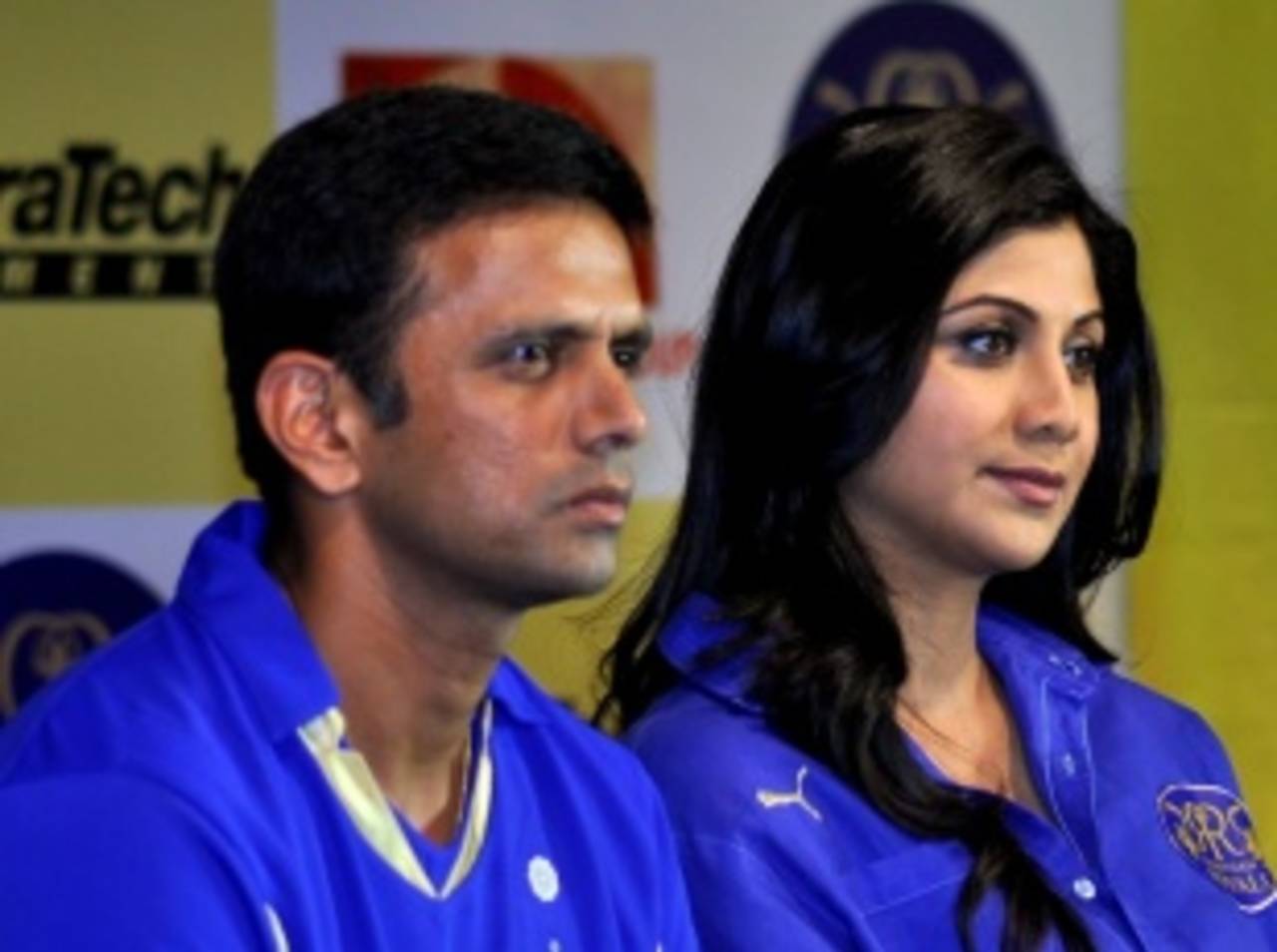There is an IPL advertisement doing the rounds that in another era could possibly have been seen as offensive. It shows a circus/carnival, and uses faces of cricketers such as Rahul Dravid, Sachin Tendulkar, Kumar Sangakkara and Daniel Vettori. It is a clever advertisement. Not only does it send across the message of entertainment - even though it might come at the cost of caricaturing cricketers - it also possibly takes the sting out of the usual IPL baiting that uses the term "circus" often.
Other official build-up to the tournament has centred around the Bollywood stars present at the inauguration. We know more of the teams' celebrity mascots than their coaching staff. Sreesanth's band, S36, which will play before one of the games, has been discussed more than his pace or swing. What of the actual cricket then? Oh there will be more than enough of that, and those responsible for the build-up seem to be conscious of that.
Seventy-six matches over 54 days of a format of cricket that can get leave the mind numb when consumed immoderately, a format in which sides can win without taking a single wicket, a format that makes it necessary to involve glamour and other paraphernalia in its marketing. Yet it still works because it is a format whose compressed nature minimises the difference in quality of teams, and throws up more close games than other formats. And despite all talk of fatigue last year, it is the format and the tournament that had people sticking their faces against windows of coffee shops in Mumbai to watch the matches.
Today, this curious creature called IPL is back in our lives, to stay for a while. It is curious because nobody is talking about it, as was the case last year, but it will be the biggest cricketing event over the next two months (Tests in the West Indies will neither have the best possible players nor the viewership). It is an event that doesn't seem to need much marketing to bring people to it, but also seems to desperately need distractions in the shape of cheerleaders, both regular and celebrities, of unbearably loud music between deliveries that makes it tough to talk to people you are watching the match with, the PA man trying to manufacture atmosphere by screaming into his loudspeaker microphone.
The good news for the IPL, though, is that every passing year the PA men will have to worry less about the atmosphere because team loyalty is growing stronger every year. Chennai Super Kings and Mumbai Indians, for example, have stayed stable with their personnel so fans identify with them, and it is no surprise they are two of the favourites too. The other teams that might have been in flux are more settled. Fewer people will wonder this time which team Kumar Sangakkara is playing for, and where Adam Gilchrist has moved, although the IPL will struggle to eliminate such questions for good.
Over the next 54 days, this mix - of youth and experience, of local and foreign, of cricket and tamasha - will try to overcome viewer fatigue, the duration of the tournament, the lack of context, and the fact that many fans are turned off by India's poor show in Test cricket over the last 12 months
Gilchrist is one of three grand old men, under whose captaincy and mentorship three teams will make for interesting viewing. Dravid will try to do what Shane Warne did for Rajasthan Royals. Sourav Ganguly, true to nature, is not only back, he is back as Pune Warriors' captain. Gilchrist will continue as Kings XI Punjab's leader, sans coach Michael Bevan, which makes him both the captain and the coach. Dravid and Ganguly find themselves in similar roles with their respective teams.
That there is still space for the three might have to do - more than respect for their skill - with the fact that they can survive in this competition, that there will be bowlers they can still hit, that even if they are not ultra fit for this young man's format they will not be ruthlessly exposed. It also - especially in the case of Dravid and Ganguly - could have to do with the marketing need of having popular Indian names at the helm.
Not all decisions made by teams can be explained, though. Not least the monies spent to attain the services of certain Indian cricketers. Somewhere the strings had to be tightened, and it shows in the shrinking coaching staffs. Bevan and Royals' Darren Berry were considered luxuries this year. When Warriors' Geoff Marsh left for a national job, a replacement was not sought.
As with the old, there will be the new to watch out for. Andre Russell, Sunil Narine and Richard Levi come with much promise. As does, finally, Australia captain Michael Clarke. In the end it is this mix that works for the IPL. And the possibility that the format brings with it. Over the next 54 days, this mix - of youth and experience, of local and foreign, of cricket and tamasha - will try to overcome viewer fatigue, the duration of the tournament, the lack of context, and the fact that many fans are turned off by India's poor show in Test cricket over the last 12 months. Over the last four years, in terms of number of eyeballs, the mix has won, but it is not getting easier.
Sidharth Monga is an assistant editor at ESPNcricinfo
